Fiber Glass FRP 1993-2002 Toyota Supra MK4 MB Style Rear Spoiler For Supra MK4
- PortShanghai/Ningbo
- Payment TermsT/T,Western Union,MoneyGram,Paypal
- Supply Ability5 Piece/Pieces per Month
- Condition100% Brand
- Car MakeSupra MK4
- Place of OriginZhejiang China
- Warranty3 Months
- Product NumberYCTYTSPR047LFRP
- SizeStandard Size
- Car FitmentToyota
- ColorBlack
- OE NO.Unknow
- Service24H Customer Service
- MaterialFiber Glass FRP
- Model Number1
- Brand NameYachant
- FunctionDecoration+Protection
- Year1993-2002
- Advantage10 Years Experience
- QualityHigh-Quality
- FitmentExcellent
- ShippingDHL TNT UPS EMS FEDEX Sea Air
- Packaging DetailFoam and bubble wrapping, cupboard box carton
Detailed drawings:
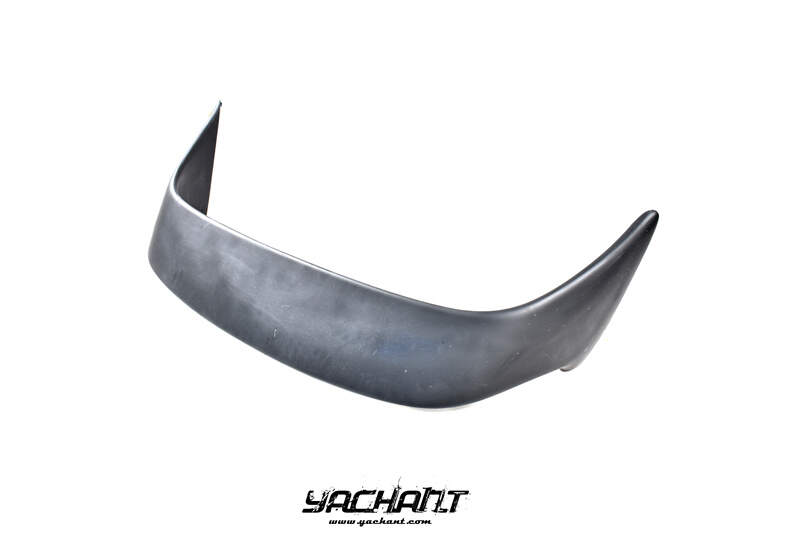
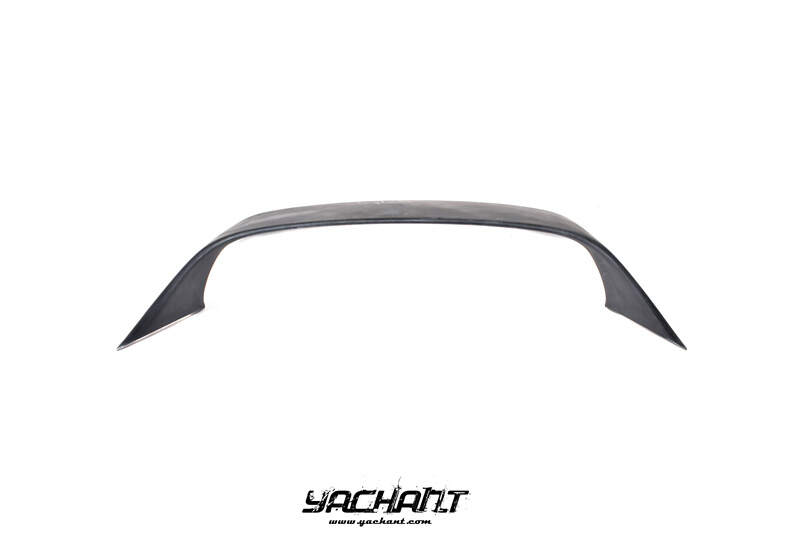
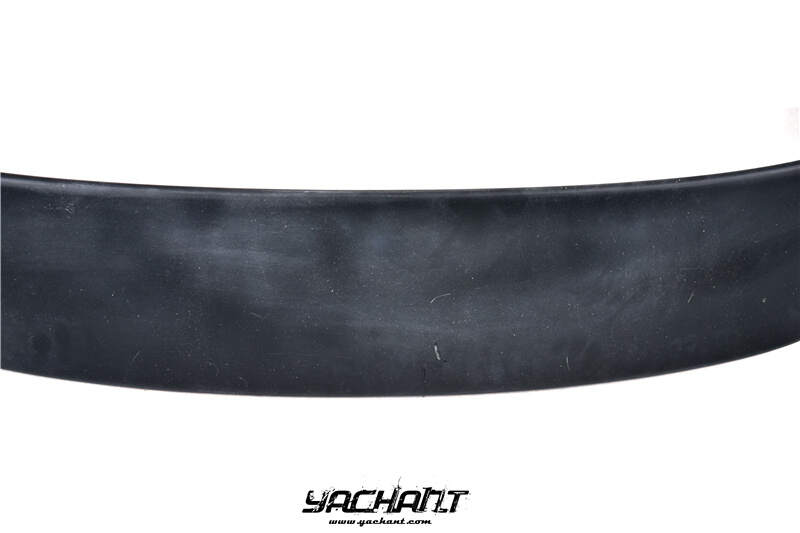
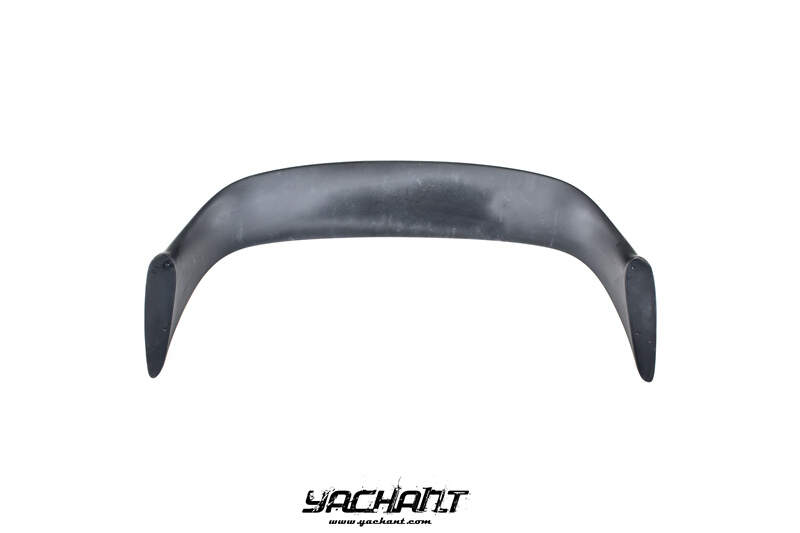
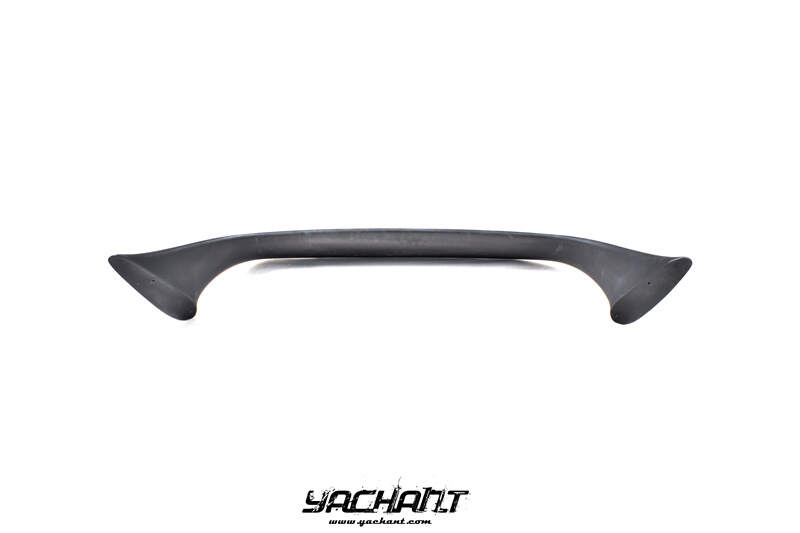
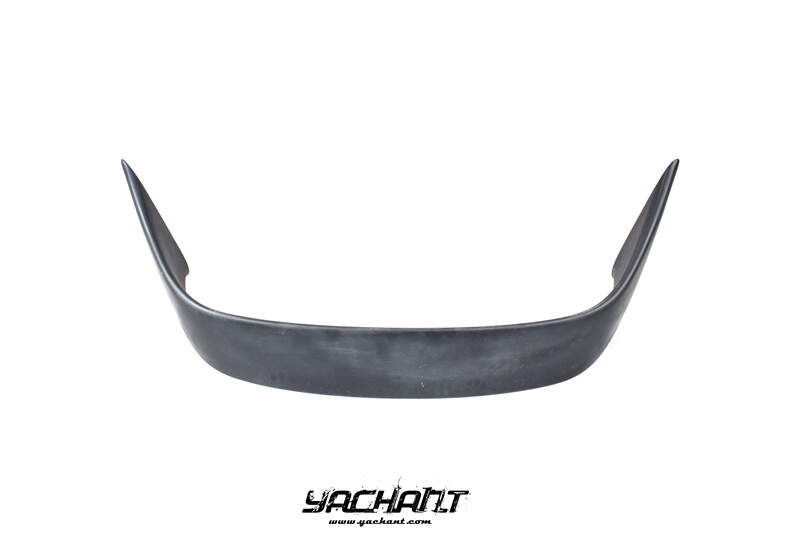
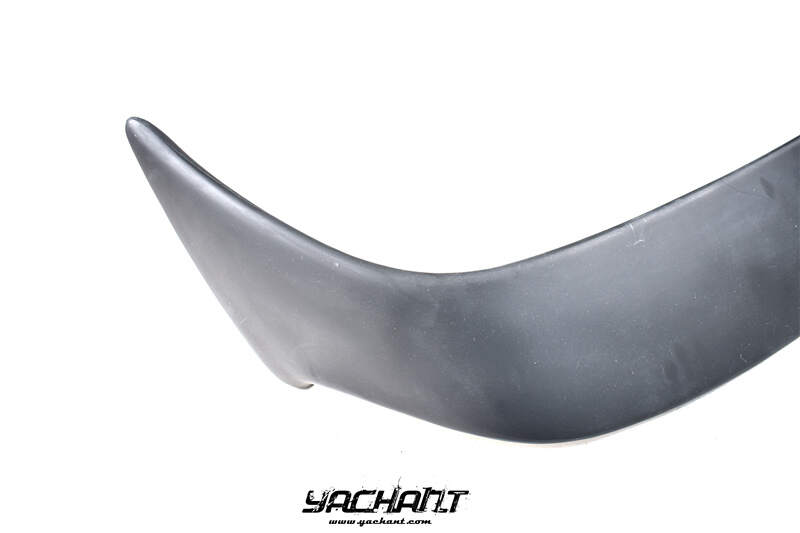
FEATURE:
Vacuum Infusion Carbon
3K Twill Carbon Weave in Glossy Finish by Default
Light Weight
Perfect Fitment
Aerodynamic
Better Looking
Very easy to install, recommend install on body street shop


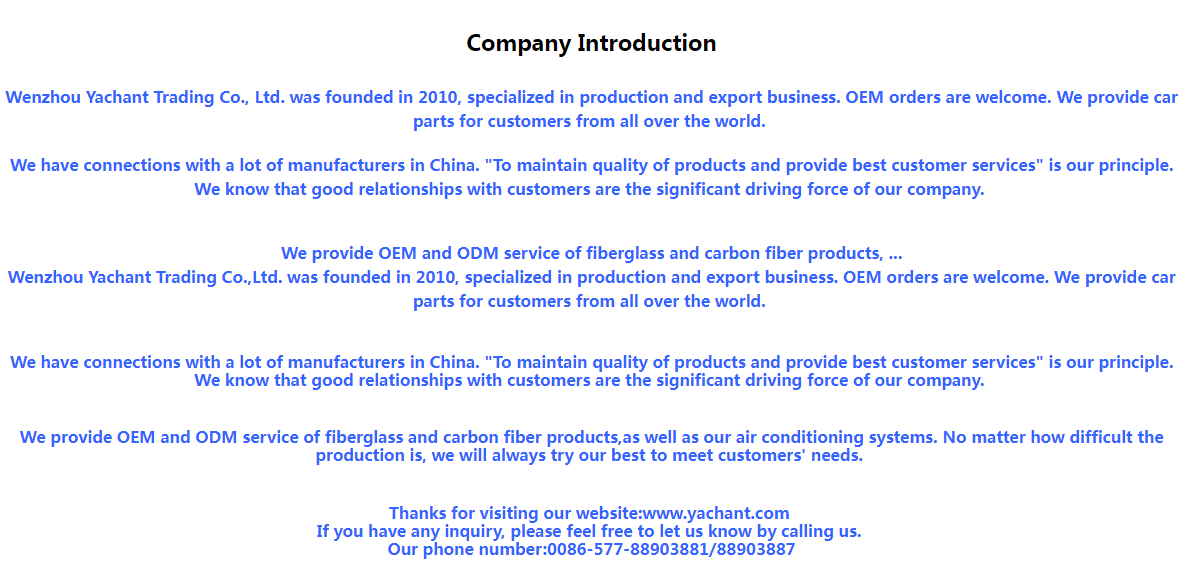
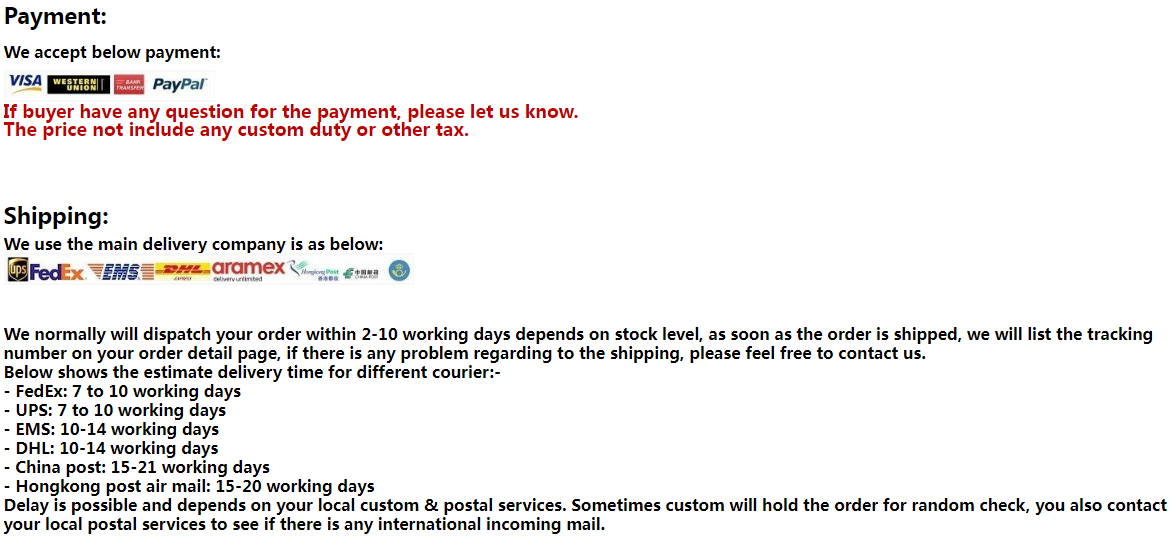
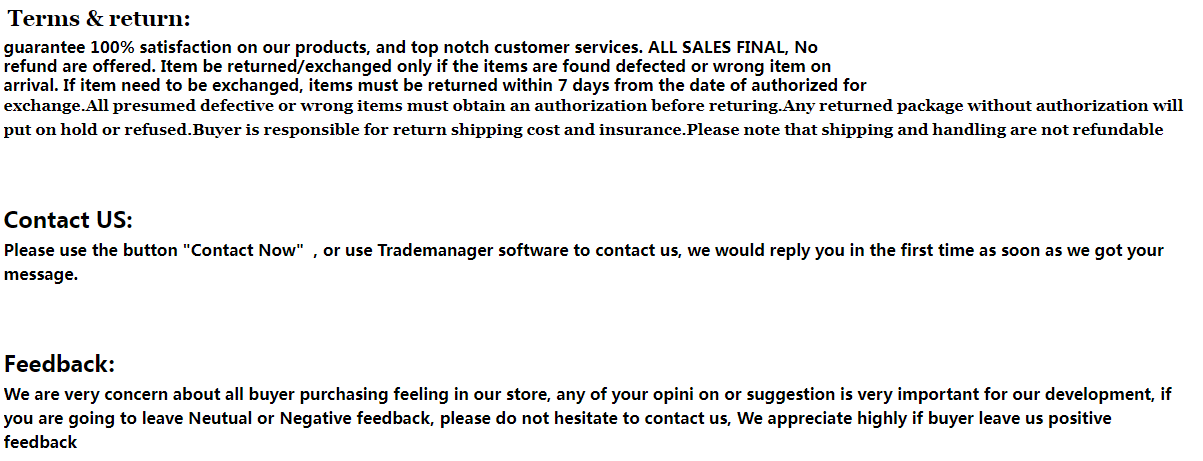
Origin of Supra MK4
Japan’s motor industry experienced a period of incredible success from the late eighties to the late nineties. It was a period of exciting, world beating cars that would go onto become one of the most memorable periods of motoring. Toyota’s rivals launched magnificent cars like the FD-series Mazda RX-7, the Nissan GT-R and the Honda NSX.
To keep in play with their competition Toyota decided that it was time to launch a new version of their Supra range. Following the end of the Mk3’s production in 1992, Toyota launched the Mk4 Supra at the 1993 Chicago Motor Show. This had been in development for four years by the time of launch, under the guidance of Toyota’s chief engineer, Isao Tsuzuki, who had also worked on both generations of the MR2 and the Celica.
The Mk4 Supra was a bold new move for Toyota and the car’s flowing design shared more in common with the 2000GT of the sixties than its predecessor. With its long, low bonnet and optional-high-rise spoiler the Mk4 Supra was aerodynamically efficient and oozed performance.
Compared to the outgoing car, the Mk4 Supra was shorter, lower and wider, while being 100kg lighter. The weight saving was down to Toyota using lighter materials and they even used hollow carpet fibres to save a few grams!
Powering the Mk4 was either a naturally aspirated or twin-turbocharged 3.0-litre JZ-series straight six engines that offered anywhere from 220bhp to 326bhp (Japanese manufactures at the time limited the horsepower of their cars to 276bhp). The top-spec turbo offerings were mated with Toyota’s first six-speed gearbox that meant the Supra could now offer supercar like performance.
In its turbocharged form the Supra could achieve 0-60mph in as little as 4.6 seconds and could hit nearly 180mph. Japanese models were limited to 112mph (180km/h), while export models could hit 155mph (250km/h) before the limiter stopped them going any further.
Rather than making the turbos operate in a parallel mode, Toyota designed them to be sequential. This resulted in boost and enhanced torque as early as 1,800rpm. At 3500 rpms some of the exhaust gases are sent through the second turbo for a “pre-boost” mode and at 4000rpm it kicks in properly.
While the turbocharged version of the car received the new V160 gearbox, the naturally aspirated versions had to make do with a five-speed manual W58 gearbox, which was revised from the previous car. Each model of the car was also offered with a four-speed automatic with a manual shifting mode.
With the Mk4 Supra, Toyota went to new lengths to save weight. They used aluminium for the bonnet, front cross member, the suspension upper A-arms, the oil and transmission pans, and the targa top (when that was fitted). Toyota also used hollow carpet fibres, a magnesium-alloy steering wheel and a whole host of other lightweight parts to shed any excess weight off the car.